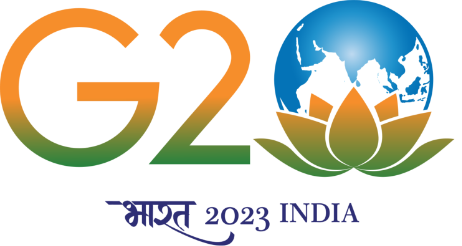Seminar-II : Screening tools for reactive contaminant transport in groundwater
Date2nd Sep 2022
Time03:00 PM
Venue Visvesvaraya Seminar Hall, Building Science Block (BSB 128)
PAST EVENT
Details
Groundwater contamination can occur due to leaching from toxic natural geological formations such as arsenic from anthropogenic sources such as industrial effluents, oil spills, and landfills. Computational modeling tools such as Modflow and MT3D, used with RT3D, PHREQ-C, and PHT3D, are often employed to predict the concentrations of reactive contaminants in groundwater. These tools numerically solve the groundwater flow-transport-reaction equations. While these tools are best suited for real-world field studies under transient and heterogeneous environments studies, they require extensive input data, model parameters, and significant computational resources. On the other hand, Screening tools such as BioScreen, FATE5, BioChlor, ART3D, ArcNLET, Quick-Domenico, Hydroscape, ATRANS, etc., employ analytical methods to solve simplified contaminant transport problems with a homogeneous aquifer under uniform flow conditions. Compared to numerical models, screening tools are computationally efficient and require minimal input data and parameters. These characteristics make screening tools ideal for rapid contaminant assessment and multi-scenario analysis.
Most screening tools employ the closed-form Domenico approximate 3D analytical solution to compute the transient contaminant plume concentrations emanating from a rectangular Dirichlet area source. , However, the solution is prone to errors under higher dispersion conditions, especially at plume locations beyond the advective front. Here, we develop an improved approximate closed-form solution by introducing the concept of characteristic residence time(Timp). The characteristic residence time is the average time a contaminant particle takes to reach a given (x,y,z). This residence time has three features initial linear, final saturation, and transition between initial and final response. By including the effect of dispersion, in the computation of the characteristic residence time, our solution overcomes the errors of the Domenico solution for an area source with a Dirichlet boundary condition.
We extend our improved solution to include contaminant sources with a point, line, and area under both Dirichlet and Cauchy boundary conditions with both decaying contaminant plume and decaying source. We validated our solution with numerical models over a wide range of transport problems encountered in groundwater. Additionally, we derive closed-form solutions for multi-source contaminant problems by applying the superposition principle. We also develop solutions to track the fate and transport of the byproducts of reactive contaminant species. These additions help the applicability of screening tools in solving a wide range of practical groundwater contaminant transport problems.
Speakers
Ms. Sangani Jhansi, Roll No.CE18D406
Civil Engineering

